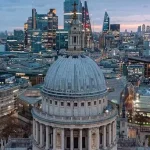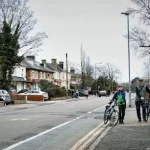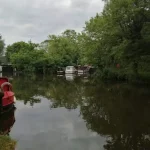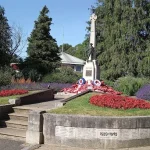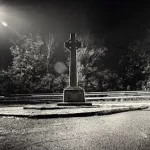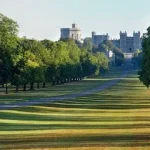Luxury Asian Wedding Photographer In Manor Park
Meet Zee, the premier Asian wedding photographer in Manor Park and the surrounding areas. With years of experience in photography and cinematography, Zee is an expert in capturing the beauty and essence of Asian culture and traditions. Couples looking for a unique and stunning record of their special day often turn to Zee’s expertise.
At Mesmeric Photography, we are dedicated to creating timeless and breathtaking artwork that you will cherish forever. We understand that your wedding day is one of the most important days of your life, and we promise to provide you with top-notch service throughout the entire process. From the initial consultation to the final delivery of your photographs and videos, we will be there with you every step of the way to ensure that your memories are captured perfectly in Manor Park and surrounding areas.
“With a keen eye for detail and a passion for capturing the emotions and essence of your special day, Zee and his team at Mesmeric Photography will work closely with you to create a personalized and stress-free experience. We understand that every couple and every wedding is unique, and we strive to tailor our services to your specific needs and preferences.



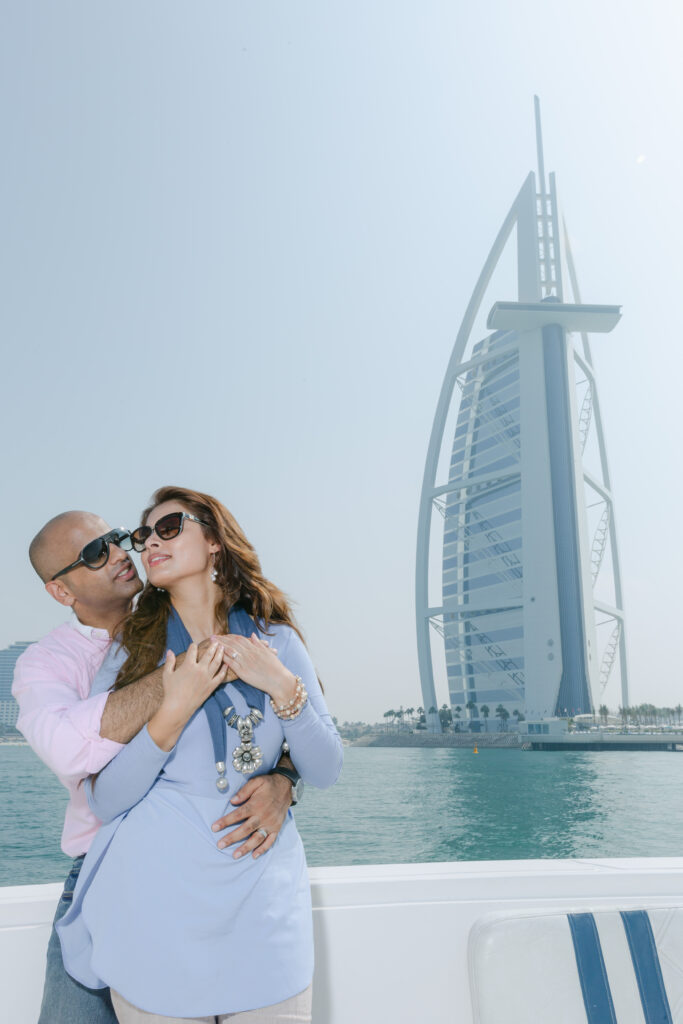

Luxury Asian Wedding Photographer In Manor Park
My Service Area Locations
I am not limited to these areas only and do provide Luxury asian wedding photography services across the United Kingdom.
Manor Park is a neighborhood located in the London Borough of Newham, in the East of London. It is situated between Stratford, East Ham, and Forest Gate. The area has a diverse population and is known for its vibrant multicultural community.
Manor Park is home to a number of shops, restaurants, and markets that reflect the diverse cultures of the neighborhood. The area also boasts a number of green spaces, including the extensive grounds of the City of London Cemetery and Crematorium, and Central Park. The park offers a variety of recreational activities including sports, children’s play area, and a lake.
Manor Park has a rich history dating back to the 19th century, when it was developed as a residential area for the middle-class. It is a popular location for buyers and renters alike, due to its proximity to the city center and excellent transport connections. The area is served by several train and bus stations, including Manor Park Station and Forest Gate Station, making it easy to travel to other parts of London.
The area is also home to several schools, including primary and secondary schools, as well as higher education institutions, making it a popular location for families.
Overall, Manor Park is a vibrant, multicultural neighborhood with a rich history and a strong sense of community. It offers a diverse range of amenities, excellent transport connections, and a great location for those looking to live in East London.
Source Wikipedia
The Manor Park area in London is not formally defined, but it is generally considered to be coextensive with the historic parish of Little Ilford. The main east-west thoroughfare through the area is Romford Road, which was originally a Roman road connecting Aldgate to Colchester. This well-traveled route, which connected London to towns in Essex, was maintained by a turnpike trust starting in 1721. The main local road running south from Romford Road was known as White Post Lane (now known as High Street North) in the 18th century, named after a post that stood at the intersection with Romford Road. The area was mostly rural, with a hamlet called North End located among fields.
However, by the mid-19th century, the area began to change as the railway expanded outward from London and suburban development followed. There were three nearby railway stations: Forest Gate, which opened in 1840; Manor Park, which opened in 1873; and Woodgrange Park, which opened in 1894. Tramways also operated along Romford Road.
Development along the south side of Romford Road began in 1867, particularly near the intersection of High Street North and the site of the future Earl of Essex public house. Behind rows of workers’ houses was an animal charcoal works, an industrial process that used the carcasses of dead horses. This trade disappeared as the area became more developed, and by the 1890s the charcoal works had been replaced by a Board School.
The area north of Romford Road was also ripe for development, and in 1877, the Gurney family sold 110 acres of market garden land to Thomas Corbett, who built the Woodgrange and Durham Road derivatives between 1877 and 1892. By the 1890s, Forest Gate had become an upscale suburb for the aspiring middle class, who could use the Eastern Counties Railway from Manor Park to travel to the city. The area around the intersection of Manor Park and White Post Lane (later High Street North) became an important shopping and provisioning area for nearby residents. By 1898, 1,129 houses had been built in Little Ilford on the site of the old Manor Farm, housing around 6,000 inhabitants.
Manor Park is a neighborhood located in the London Borough of Newham, which is one of the most economically deprived areas of London. The economy of Manor Park reflects the broader economic challenges of the borough.
The unemployment rate in Newham is higher than the national average, and many residents work in low-skilled and low-paying jobs. The area has a large number of small and medium-sized businesses, many of which are concentrated in the retail and service sectors. The area also has a large number of residents who are self-employed or work in the informal economy.
Despite these challenges, there are also some positive economic trends in Manor Park and the surrounding areas. The London Olympic Park and the surrounding area has undergone significant redevelopment in recent years, creating new jobs and economic opportunities. The area is also home to a number of new housing developments and retail parks, which have brought new investment and economic growth to the area.
In recent years, the local government has been taking several steps to promote economic development in the area, such as by supporting small businesses, providing training and employment opportunities, and improving infrastructure. The proximity to London and the good transportation connections, makes it an attractive place for businesses to locate and for people to work.
Overall, the economy of Manor Park is a reflection of the broader economic challenges facing the London Borough of Newham, but there are also some positive developments and opportunities for growth in the area.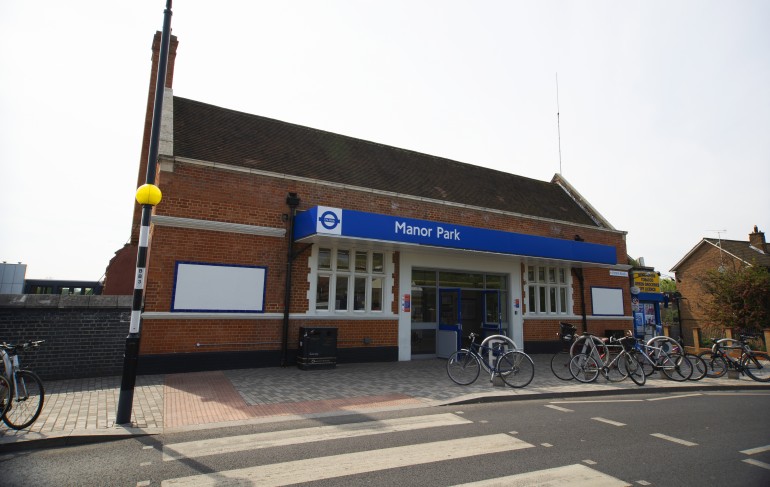
Source: stowbrothers.com
The Learning Hub Manor Park
The Learning Hub Manor Park
Headstart Education
Venue on Middle Street
London Venues Manor Park
The Royal Regency
Manor Park has a serene family atmosphere and a lot of passion. There are several charming streets including Albany Road and Durham Road, and the area is serene. It also offers well-maintained transportation options.
Manor Park is a bustling, ethnically diverse neighborhood with many residents from Asia and Eastern Europe. It draws residents from other parts of the city as well because of the area’s strong sense of community and reasonably priced housing.
Some historically significant and aesthetically pleasing manor houses in the United States are now museums. But many of them—including many of the colonial-era manor houses located in Maryland and Virginia, some of which are still retained by the original families—remain in use as private homes.














